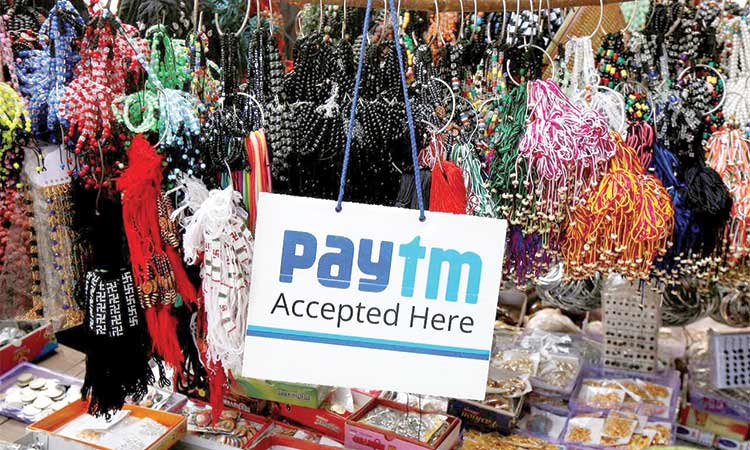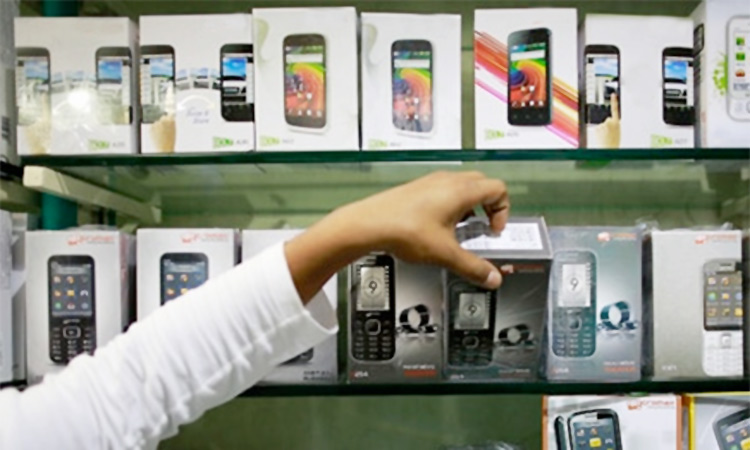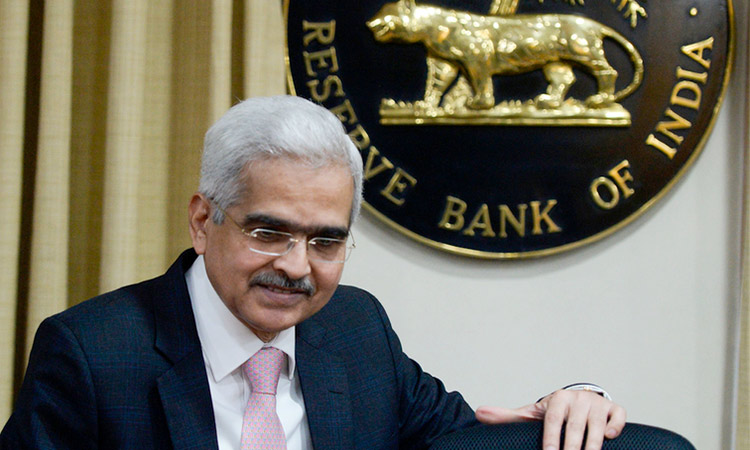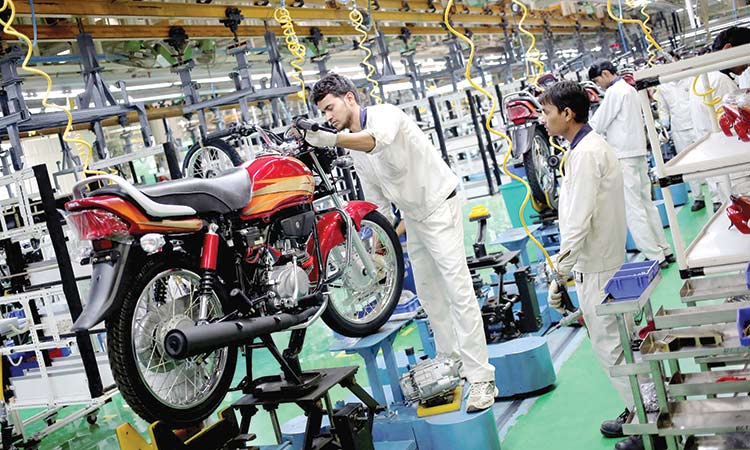India’s mobile payments market likely to touch $1 trillion by 2022

Digital payment has been one of the key features of the government’s ‘Digital India’ initiative.
According to Credit Suisse report, India’s mobile payments market is likely to touch $1 trillion by 2022.
Post the demonetisation, whereby Prime Minister Narendra Modi on Nov.8, 2016 declared that Rs500 and Rs1,000 denomination notes would become invalid, digital transactions shot up tremendously.
The Unified Payment Interface (UPI) also has been accepted well.
Despite the rise in the number of platforms that enable businesses to offer online payment experience to their customers regardless of location, instrument or mode, still there is a long way ahead as the penetration has mostly been in tier I cities.
RBI expects the country will have five million active point of sale (PoS) machines by the end of 2021. However, to achieve it, there are several hurdles to be crossed.
“Although the awareness and adoption of digital payments is increasing, the digital infrastructure needs to be strengthened further to ensure consistent reach and penetration across the Tier II and Tier III cities along with rural areas,” says, Sunil Khosla, Head Digital Business, India Transact Service Limited.
According to Manish Patel, Founder and CEO of Mswipe there is a need for easy and cost-effective payment acceptance tools for small and medium enterprises, micro-merchants, especially in tier-III and III cities as a segment, is still under-penetrated.
“They need acceptance tools that are cost-effective and easy to enable. In many cases, it is cumbersome for a micro-merchant to keep tabs of different means like wallets, UPI and bank apps,” Patel said.
A huge market has grown for products which enable vendors to accept payments through credit and debit cards. However, the ground reality is that although there are around a 100 crore credit and debit cards in the country, the number of PoS terminals is not enough. Digital payments service providers and adoption of UPI platform by national and international players like Paytm, PhonePe, Google, WhatsApp and Amazon have played a major role in the transition of rural India along with the urban segment in terms of digital payments.
Issues which merchants face are generally related to initial investment and the recurring cost affiliated with acceptance, which can be mitigated by introduction of low-cost devices or device-less acceptance via payment apps for accepting Bharat QR or UPI payments.
Experts further say, MSMEs can generate extra income by offering the entire digital ecosystem with options such as Bharat Bill Payments System (BBPS), Point of Sale machines and micro ATMs along with the digital payment wallets and platforms and payment banks.
“The acceptance of digital payment collection services can be further improved by simplifying and speeding up of the onboarding process, consistently educating the merchant and consumers on the benefit of accepting digital payments, the various factors featuring in the digital ecosystem and few risks attached to the same,” Khosla said.
Market players and sector experts are of the opinion that EMI (equated monthly instalments) on debit card is going to be the game changer. As only a small section of the population has access to formal loans, EMI on debit card can tap this market and play a significant role. It would encourage consumers to shift to digital payments and opt for easy EMI options. This also enables merchants to offer more affordability solutions to their consumers.
Vicky Bindra, CEO of Pine Labs says: “At a time when our country has set an ambitious growth target in the volume of digital payments, migrating smaller merchants to digital payments holds a key. Hence in order to improve the acceptance of digital payment solutions among merchants, financial services need to create services and refine existing solutions.”
“It is equally important to educate and create a sense of trust and secure digital payments amongst 500-600 million consumers based out of tier II and tier III cities in India,” Bindra said.
Indo-Asian News Service






